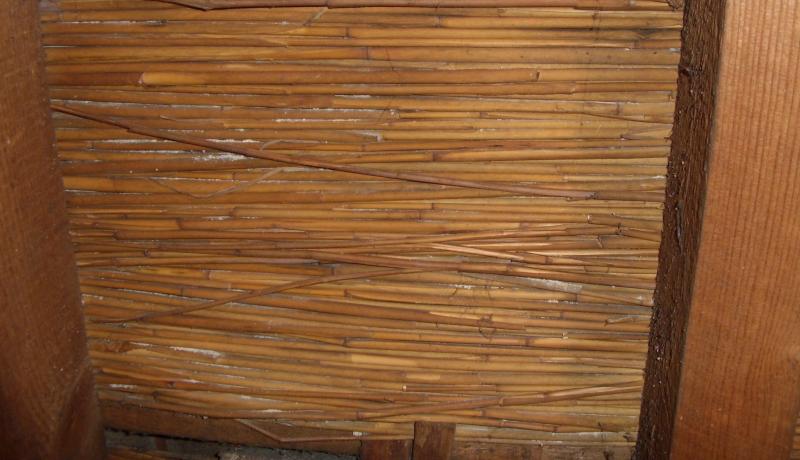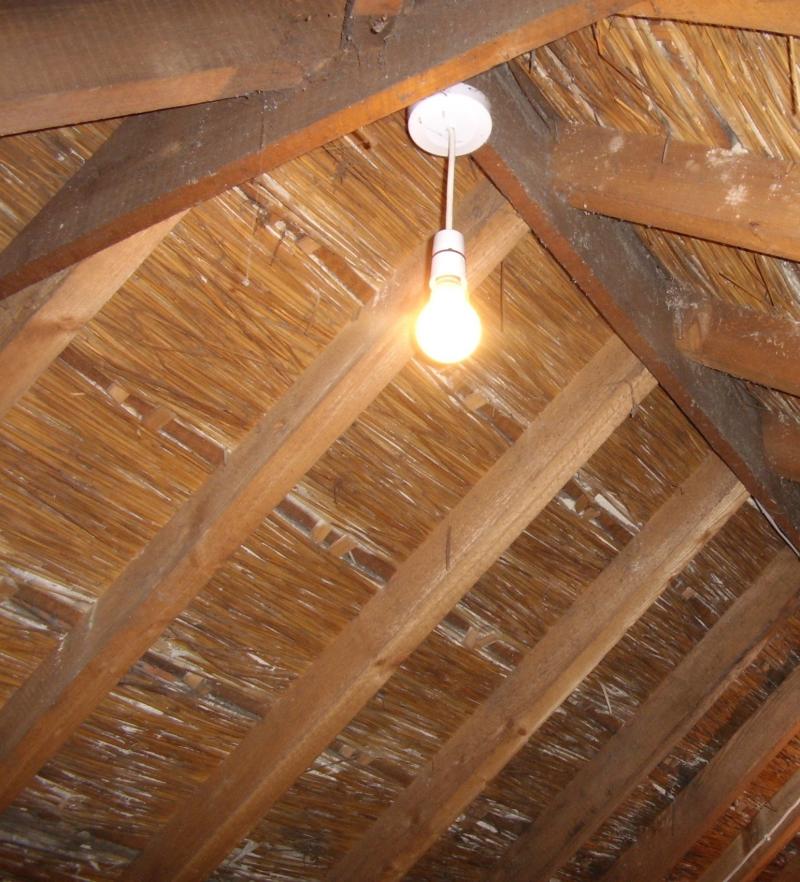Hello,
We're looking at buying a 1930s semi. One thing I've spotted up in the attic is what I'm told is Norfolk reed (water reed), tightly packed between the rafters. I'm told this is a traditional insulation method.
Regardless, I'm curious about the potential fire risk here. There's fireplace in the living room downstairs, that obviously vents up through the chimney that passes up and out through this thatching in the loft.
Oviously we will commission a full survey before proceeding but I'd be interested in any comments those in the know might care to offer. For example, is it easy to retro-apply fire retardent to this stuff? Or could it be boarded over with fire-proof board of some kind? Or is it better removed? What kind of cost might we be looking at here? Also, is this common for 1930s semis?
Harry.
We're looking at buying a 1930s semi. One thing I've spotted up in the attic is what I'm told is Norfolk reed (water reed), tightly packed between the rafters. I'm told this is a traditional insulation method.
Regardless, I'm curious about the potential fire risk here. There's fireplace in the living room downstairs, that obviously vents up through the chimney that passes up and out through this thatching in the loft.
Oviously we will commission a full survey before proceeding but I'd be interested in any comments those in the know might care to offer. For example, is it easy to retro-apply fire retardent to this stuff? Or could it be boarded over with fire-proof board of some kind? Or is it better removed? What kind of cost might we be looking at here? Also, is this common for 1930s semis?
Harry.



